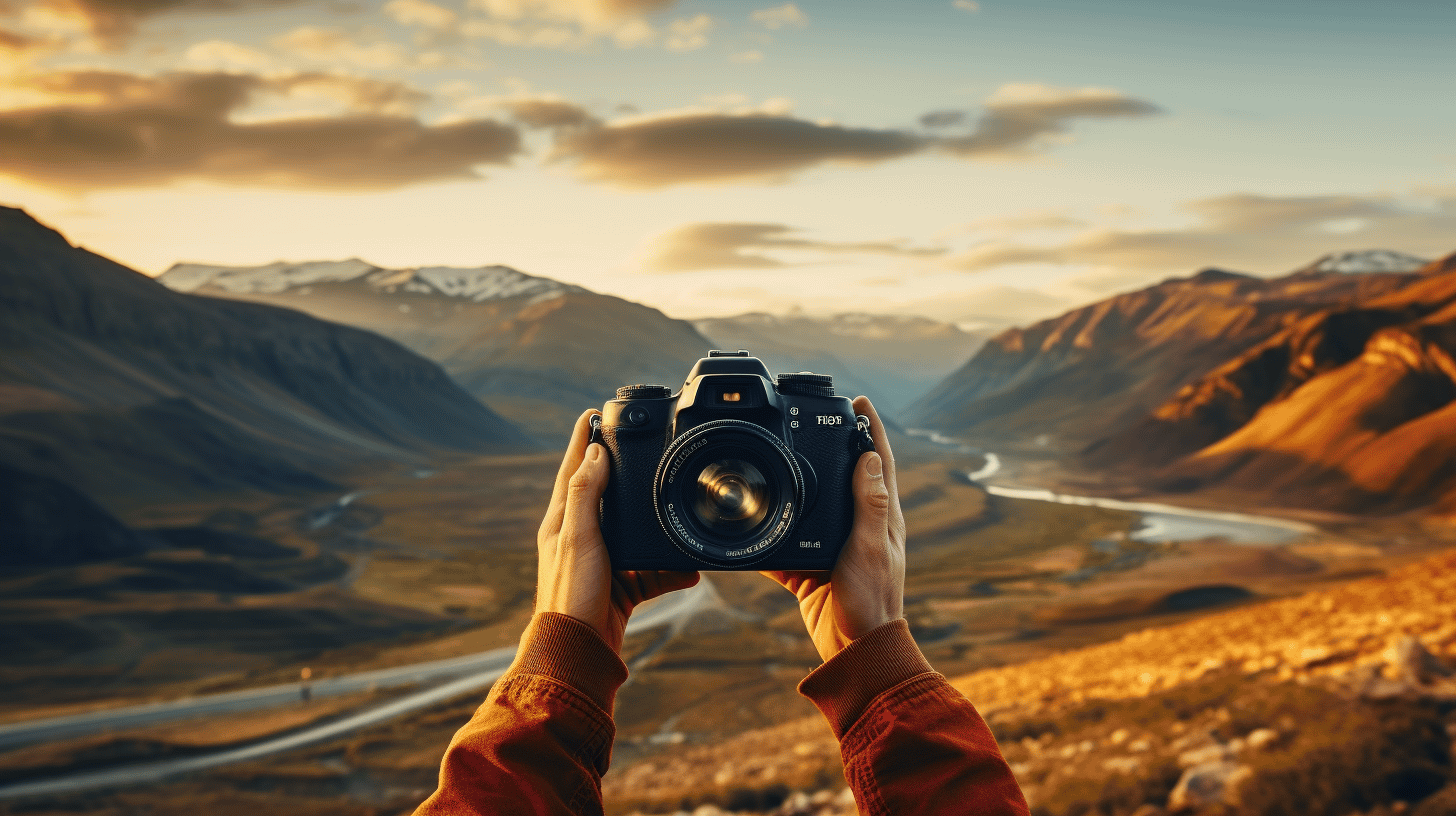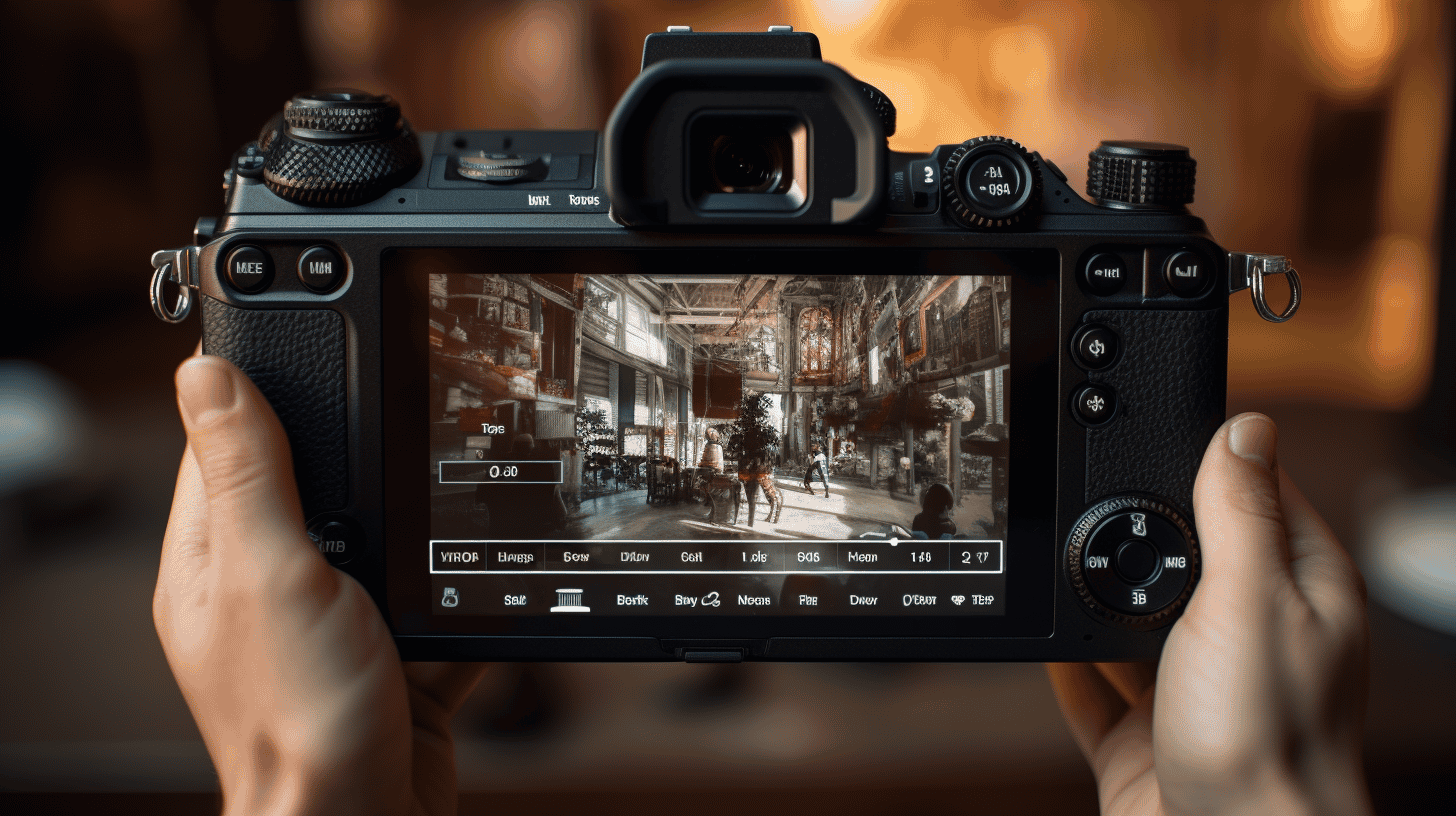In today’s digital era, Intelligent Photo Editing has taken the photography world by storm, allowing both professional and novice photographers to enhance their work potentially. AI-Based Solutions have made this possible by providing powerful editing tools that can improve images automatically. This article will discuss navigating the world of intelligent photo editing, focusing on popular AI-Based solutions, explaining their features, and how to use them effectively. Let’s dive in and explore this exciting realm of photography.
Table of Contents
- Introduction to AI Photo Editing
- Popular AI-Based Photo Editing Solutions
- How to Choose the Right AI Photo Editing Software
- Step-by-Step Guide on Using AI Photo Editing Tools
- Tips and Tricks for Maximizing Results from AI Photo Editing Tools
- The Future of Intelligent Photo Editing
- FAQs
Introduction to AI Photo Editing
Artificial Intelligence (AI) has rapidly transformed various industries, and photography is no exception. AI-based photo editing involves automatic image enhancement through intelligent algorithms, which can adjust parameters such as lighting, color balance, and sharpness. These tools can also perform complex tasks like object removal and background replacement efficiently.
AI-based photo editing solutions offer the following benefits:
- Time-saving: They help to significantly reduce your image editing time by automating several adjustments.
- User-friendly: These tools are easy to use and suitable for both beginners and professionals.
- High-quality results: The use of advanced algorithms ensures consistent and professional-quality output.
- Adapting to new trends: AI can adapt to current photography trends, making it easier to stylize your images.
Popular AI-Based Photo Editing Solutions
There is an abundance of intelligent image editing tools available in the market, with the following being some of the most popular:
- Luminar AI: A fully AI-powered photo editor that automates various tasks, such as sky enhancement, object removal, and portrait retouching.
- Adobe Photoshop: The latest version of this popular photo editing software now incorporates AI features such as neural filters, object selection, and content-aware fill advancements.
- ON1 Photo RAW: Provides AI-based features like sky replacement, advanced color grading, and automatic portrait retouching.
- Topaz Labs: Offers software like Gigapixel AI for image enlargement and DeNoise AI for noise reduction, utilizing AI technology for flawless results.
- Photolemur: An AI-driven photo enhancer that automatically analyzes and improves your images using features like auto exposure, smart contrast, and color recovery.
How to Choose the Right AI Photo Editing Software
With numerous options available, it can be difficult to decide on the right photo editing software for your needs. Keep the following factors in mind when making your decision:
- Compatibility: Ensure that the software is compatible with your computer’s operating system and supports your preferred camera’s file formats.
- Features: Look for AI capabilities that cater to your specific requirements, such as portrait retouching, landscapes, or advanced image manipulation.
- Learning curve: Choose a software that offers a user-friendly interface and intuitive navigation, especially if you are new to photo editing.
- Price: Compare prices and opt for a solution that fits your budget. Many AI photo editing tools offer free trials to test their features.
- Customer support: Reliable customer support is crucial for troubleshooting or learning how to utilize various tools effectively.
Step-by-Step Guide on Using AI Photo Editing Tools
To get started with AI-based photo editing, follow this step-by-step guide:
1. Install the Photo Editing Software
Download and install your selected AI photo editing software on your computer. Be sure to check the system requirements before installation.
2. Import Your Images
Open the software and import the images you would like to edit, either by browsing your computer’s files or using the software’s dedicated import tool.
3. Apply Presets and Filters
Explore the available AI-based presets and filters within the software. Apply the ones that suit your desired outcome, such as smart contrast, skin enhancer, or sky replacement.
4. Adjust Parameters Manually (Optional)
If you need further customization, tinker with the manual adjustment tools provided alongside the AI features, such as brightness, contrast, and saturation.
5. Export Your Edited Images
After finalizing your edits, save your work in the appropriate file format and desired quality. Remember to assign a unique name to your edited files to avoid overwriting.
Tips and Tricks for Maximizing Results from AI Photo Editing Tools
To get the best out of AI-based photo editing solutions, follow these tips and tricks:
- Experiment with various AI filters and presets to discover those that work well with your photography style.
- For natural-looking results, avoid overusing the AI features and consider blending them with your manual edits.
- Keep your software updated to benefit from the latest AI advancements and newly added features.
- Watch tutorials and attend workshops/webinars to learn more about using AI-based tools in your editing process effectively.
- Always work on a high-resolution copy of your original image to maintain the best possible quality.
The Future of Intelligent Photo Editing
The role of artificial intelligence in the photography industry is likely to keep expanding, with rapid advancements and innovations on the horizon. The future of photo editing will likely witness more specific AI features, improved performance, and enhanced compatibility with various devices. As a result, photographers will be able toproduce outstanding results with increasing efficiency and accuracy.
AI-driven photo editing may also pave the way for more accessible and personalized tools tailored to individual preferences, thus becoming an integral part of the photography process for enthusiasts and professionals alike.
FAQs
- What is intelligent photo editing?
Intelligent photo editing refers to the use of AI-driven algorithms to automatically enhance and adjust various parameters of a photograph, such as lighting, color balance, and sharpness, which significantly simplify the editing process.
- Are AI-based photo editing solutions suitable for both professionals and beginners?
Yes, AI-based photo editing solutions are designed to be user-friendly and cater to the needs of both professionals and beginners, offering tools and features that can be operated with ease.
- Can AI-based photo editing tools replace traditional manual editing completely?
While AI-based tools offer exceptional results in many cases, there are situations where blending them with manual adjustments can yield better outcomes. Therefore, it is essential not to rely solely on AI capabilities but to also incorporate your expertise and creativity for optimal results.
- How often should I update my AI photo editing software?
Regularly updating your AI photo editing software ensures that you have access to the latest features, improvements, and bug fixes. It is good practice to check for updates monthly or whenever the software notifies you of a new version available.
- Can I use AI-based photo editing tools for free?
Some AI-based photo editing tools offer free trials or limited free versions to test their features before purchasing a subscription or license. However, access to advanced features and the absence of watermarks typically require a paid plan.




0 Comments